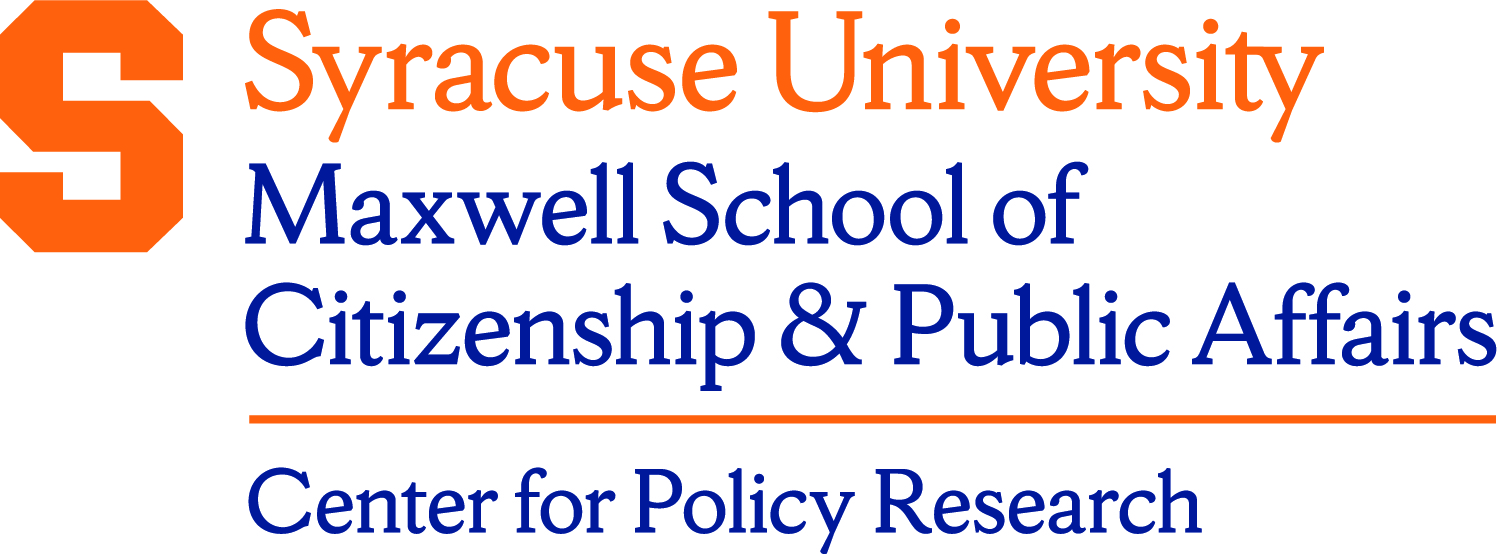Description/Abstract
This paper estimates spatial wage curves for formal and informal workers in Turkey using individual level data from the Turkish Household Labor Force Survey (THLFS) provided by TURKSTAT for the period 2008-2014. Unlike previous studies on wage curves for formal and informal workers, we extend the analysis to allow for spatial effects. We also consider household characteristics that would affect the selection into formal employment, informal employment, and non-employment. We find that the spatial wage curve relation holds both for formal and informal workers in Turkey for a variety of specifications. In general, the wages of informal workers are more sensitive to the unemployment rates of the same region and other regions than formal workers. We find that accounting for the selection into formal and informal employment affects the magnitudes but not the significance of the spatial wage curves for the formal and informal workers with the latter always being larger in absolute value than that for formal workers.
Document Type
Working Paper
Date
2-2022
Keywords
Spatial Wage Curve, Spatial Weights, Regional Labor Markets, Informal Labor Markets
Language
English
Series
Working Papers Series
Acknowledgements
We thank Olga Demidova, Murat Kirdar, Semih Tumen, Insan Tunali and participants of the XV World Conference of Spatial Econometrics Association (SEA 2021), virtual, May 26-28, 2021, as well as the participants of the 26th International Panel Data Conference, virtual, July 1, 2021, for their comments and suggestions. We also thank two anonymous referees for their useful comments that helped improve the paper.
Disciplines
Economic Policy | Economics | Public Affairs, Public Policy and Public Administration
ISSN
1525-3066
Recommended Citation
Baltagi, Badi H. and Soner Başkaya, Yusuf, "Spatial Wage Curves for Formal and Informal Workers in Turkey" (2022). Center for Policy Research. 380.
https://surface.syr.edu/cpr/380
Source
Local input
Creative Commons License

This work is licensed under a Creative Commons Attribution 4.0 International License.




Additional Information
Working paper no. 246